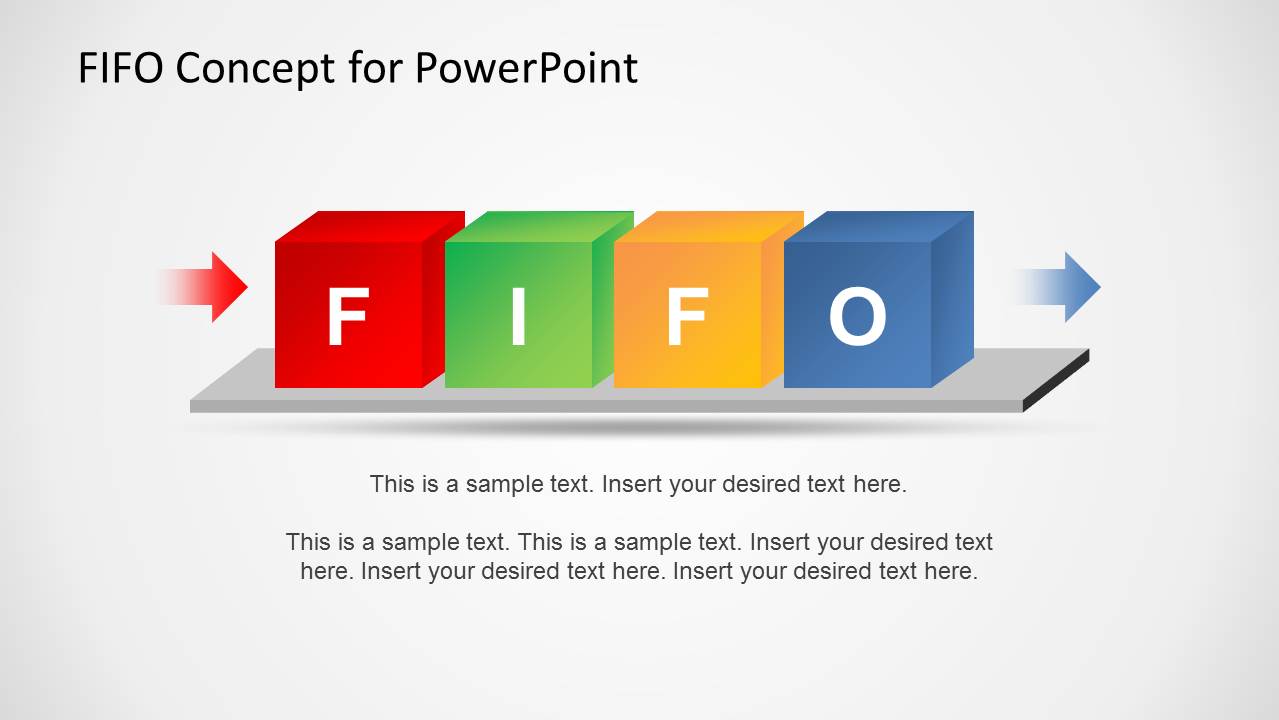
Accounting standards are only concerned with cost flow assumptions as they affect inventory valuation in the financial statements. Since under FIFO method inventory is stated at the latest purchase cost, this will result in valuation of inventory at price that is relatively close to its current market worth. For instance, if a brand’s COGS is higher and profits are lower, businesses will pay less in taxes when using LIFO and are less at risk of accounting discrepancies if COGS spikes.
Table of Contents
First-in, first-out (FIFO) method in perpetual inventory system
This method helps in managing production schedules and reducing the risk of stockouts or excess inventory. FIFO is particularly useful in industries where materials have a limited shelf life or where production processes rely on a steady supply of inputs. He has a CPA license in the Philippines and a BS in Accountancy graduate at Silliman University. Under the FIFO, the goods that were purchased most recently should be part of ending inventory.
Example of LIFO vs. FIFO
- Businesses using the LIFO method will record the most recent inventory costs first, which impacts taxes if the cost of goods in the current economic conditions are higher and sales are down.
- In reality, sales patterns don’t usually follow this simple assumption.
- Because FIFO often results in higher net income, it also leads to higher taxable income.
- Since the seafood company would never leave older inventory in stock to spoil, FIFO accurately reflects the company’s process of using the oldest inventory first in selling their goods.
- With real-time, location-specific inventory visibility, intelligent cycle counts, and built-in checks and balances, your team can improve inventory accuracy without sacrificing operational efficiency.
This is a more practical and efficient approach to the accounting for inventory which is why it is the most common approach adopted. As you can see, the connect your bank account to xero of inventory valuation results in slightly lower COGS, higher ending inventory value, and higher profits. This makes the FIFO method ideal for brands looking to represent growth in their financials. The average cost method, on the other hand, is best for brands that don’t see the cost of materials or goods increasing over time, as it is more straightforward to calculate. FIFO stands for “first in, first out”, which is an inventory valuation method that assumes that a business always sells the first goods they purchased or produced first.
Examples of FIFO in Different Industries

In our bakery example, the average cost for inventory would be $1.125 per unit, calculated as [(200 x $1) + (200 x $1.25)]/400. It is also the most accurate method of aligning the expected cost flow with the actual flow of goods which offers businesses a truer picture of inventory costs. A higher ending inventory value can improve key financial ratios, such as the current ratio and inventory turnover ratio, making the company appear more financially healthy. Additionally, during inflationary periods, FIFO can result in better matching of current sales revenue with historical costs, providing a more accurate reflection of profitability.
Create a Free Account and Ask Any Financial Question
The first guitar was purchased in January for $40.The second guitar was bought in February for $50.The third guitar was acquired in March for $60. Under FIFO, the value of ending inventory is the same whether you calculate on the periodic basis or the perpetual basis. In the FIFO Method, the value of ending inventory is based on the cost of the most recent purchases. Our example has a four-day period, but we can use the same steps to calculate the ending inventory for a period of any duration, such as weeks, months, quarters, or years. The example above shows how a perpetual inventory system works when applying the FIFO method. On the first day, we have added the details of the purchased inventory.
Though some products are more vulnerable to fluctuating price changes, dealing with inflation when restocking inventory is inevitable. Under FIFO, your Cost of Goods Sold (COGS) will be calculated using the unit cost of the oldest inventory first. The value of your ending inventory will then be based on the most recent inventory you purchased.
FIFO is predicated on the principle that the first items purchased or produced are the first to be sold or used. This method aligns closely with the natural flow of inventory, making it a logical choice for many businesses. Implementing FIFO can significantly impact financial statements, tax liabilities, and overall profitability. This article delves into the intricacies of the FIFO method, providing a comprehensive guide on what it is, how it works, and its advantages and disadvantages.
FIFO assumes that assets with the oldest costs are included in the income statement’s Cost of Goods Sold (COGS). The remaining inventory assets are matched to assets that were most recently purchased or produced. Grocery store stock is a common example of using FIFO practices in real life. A grocery store will usually try to sell their oldest products first so that they’re sold before the expiration date.


التعليقات مغلقة.